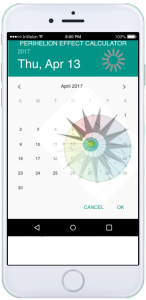Journal of the American Heart Association
Abstract
Background A “Christmas holiday effect” showing elevated cardiovascular mortality over the Christmas holidays (December 25 to January 7) was demonstrated previously in study from the United States. To separate the effect of seasonality from any holiday effect, a matching analysis was conducted for New Zealand, where the Christmas holiday period falls within the summer season.
Methods and Results New Zealand mortality data for a 25‐year period (1988–2013) was analyzed based on the same methodology used in the previous study. Locally weighted smoothing was used to calculate an “expected” number of deaths for each day of the year. The expected value was compared with the actual number of deaths. In addition, mean age at death was estimated and used to assess the life‐years lost due to excess mortality. There were 738 409 deaths (197 109 coded as cardiac deaths) during the period. We found evidence of a Christmas holiday effect in our of medical facility’s cardiac deaths, with an excess event rate of 4.2% (95% CI 0.7–7.7%) leading to ≈4 additional deaths per annum. The average age of those with fatal cardiac deaths was 76.8 years (SD 13.5) during the Christmas holiday period, resulting in 148 to 222 years of life lost per annum.
Conclusions Cardiac mortality is elevated during the Christmas holiday period relative to surrounding time periods. Our findings are consistent with a previously reported study conducted in the United States, suggesting that cardiac mortality does not take a “summer break.”




